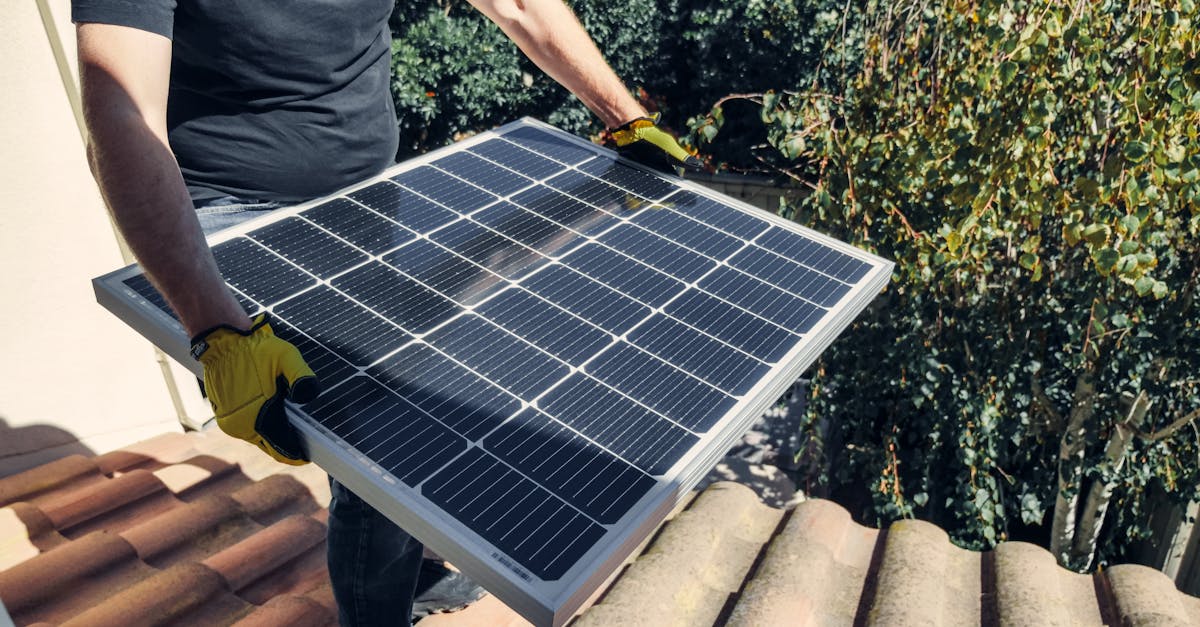
Budgeting for Corrugated Metal Roofing: Tips and Considerations
When budgeting for corrugated metal roofing, it is vital to account for additional costs that may arise during installation. Beyond the price of the materials, homeowners often face expenses related to permits, as many local councils require approvals for roofing work. Site preparation can also incur costs, especially if the existing roof needs removal or repairs before the new metal roofing can be installed.
ook For
Quality of materials offered by contractors also plays a crucial role in your decision-making process. Not all corrugated metal roofing is created equal; thickness and coatings can vary, impacting longevity and performance. Inquire about the types of metal, finish options, and warranty details. A contractor who uses high-quality materials and can provide a robust warranty often indicates a commitment to craftsmanship and customer satisfaction.
Impact of Local Climate
Local climate plays a significant role in the performance and longevity of corrugated metal roofing. Areas exposed to harsh weather conditions, such as heavy rain, intense heat, or strong winds, may require specific considerations when selecting materials. For instance, regions prone to high humidity might necessitate special coatings to prevent rust and corrosion. Conversely, locations experiencing extreme temperatures can benefit from reflective roofing options that help regulate indoor temperatures and reduce energy costs.
Understanding the typical weather patterns in your area is crucial when estimating the overall budget for roofing projects. In climates with frequent storms, additional reinforcements might be necessary to ensure the roof remains intact over time. Moreover, insulation may become a vital aspect in temperate zones, adding to the initial investment but yielding savings on heating and cooling throughout the year. By evaluating local climate conditions, homeowners can make more informed decisions that align with both their budget and long-term maintenance needs.
Selecting Suitable Materials
When choosing materials for your corrugated metal roofing, consider the variations in thickness and coating options available. Thicker metal generally provides better durability and resistance to dents and harsh environmental conditions. The type of coating chosen can also affect the longevity of the roof. Common options include galvanised steel, which is treated to prevent rusting, and painted finishes that offer additional protection against UV damage.
Another important aspect is the colour and finish of the materials. Light-coloured roofs can reflect more sunlight, helping to keep homes cooler in hot climates. Darker colours may have a more traditional look but can absorb heat, which might be a disadvantage in warmer areas. It's important to assess not only aesthetic preferences but also how the choice of materials impacts insulation and energy efficiency, especially considering your local weather conditions.
FAQS
What additional costs should I consider when budgeting for corrugated metal roofing?
Besides the initial cost of materials and installation, you should account for additional expenses such as permits, disposal of old roofing materials, insulation, and potential maintenance or repair costs over time.
How can I ensure my corrugated metal roofing remains in good condition?
Regular maintenance is key to prolonging the life of your corrugated metal roof. This includes routine inspections, cleaning debris, checking for rust or corrosion, and promptly addressing any repairs needed.
What should I look for when comparing quotes from contractors?
When comparing quotes, consider factors such as the contractor’s experience, reputation, warranty offered, the quality of materials used, and the timeline for project completion. Make sure to get detailed breakdowns and clarify any terms.
How does the local climate impact the choice of corrugated metal roofing?
Related Links
Understanding the Pricing Structure for Corrugated Metal Roof InstallationFactors Affecting the Cost of Corrugated Metal Roof Installation
Maximizing Value: Investing in Quality Materials for Corrugated Metal Roof Installation
Long-term Cost Savings of Corrugated Metal Roofing
DIY vs. Professional Installation: Cost Analysis for Corrugated Metal Roofing
Negotiating the Cost of Corrugated Metal Roof Installation with Contractors
Financing Options for Corrugated Metal Roof Installation
Hidden Costs to Consider When Installing a Corrugated Metal Roof
Aluminum roofing is known for its impressive energy efficiency, primarily due to its reflective properties. The material reflects a significant amount of solar radiation, reducing heat absorption and keeping the interior of buildings cooler. In warmer climates, this characteristic can lead to substantial energy savings on air conditioning costs. The lighter weight of aluminum also contributes to less stress on the structure, which can aid in maintaining energy efficiency over the roof's lifespan.
Additionally, aluminum roofing systems can be integrated with insulation materials to enhance their overall thermal performance. This combination helps reduce heat transfer during both summer and winter, leading to a more stable indoor environment. Many products on the market come with high-energy performance ratings, ensuring homeowners can make informed decisions about their roofing options. Such benefits make aluminum a compelling choice for energy-conscious consumers seeking to lower their utility bills and reduce their environmental impact.